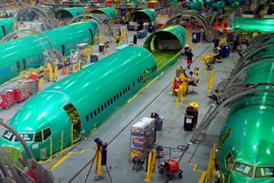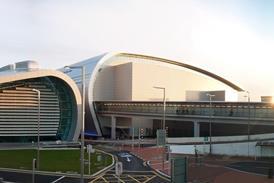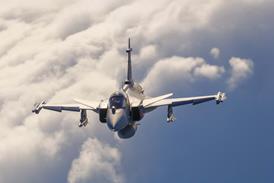Montreal-headquartered training and simulation specialist CAE announced today that it would offer training on the Embraer Phenom 100 and 300 at its Burgess Hill centre in the UK from early 2009.
The two companies agreed last October to set up the world’s first training operation for the Brazilian VLJ and its light jet cousin at CAE SimuFlite in Dallas, Texas in time to support the Phenom 100’s entry into service next year.
“We expect VLJ training to be important for us in the long term,” says Jeff Roberts, CAE group president of innovation and civil training and services. “How important will depend on the ultimate size of the VLJ market itself. But it’s indisputable that there is a market, and that it will grow.”
CAE is pursuing further VLJ training business, but not from the other two current major players. “Cessna has committed to Flight Safety International for the Mustang,” says Roberts. “And while Eclipse has yet to make a decision, our phones haven’t rung and they are no longer on our radar.”
CAE’s VLJ training programmes are likely to come in at least two flavours, according to Roberts. “Given the likely difference in the backgrounds of the pilots in the two prime VLJ sectors – the air-taxi companies and the owner-operators - we will have to tailor a solution to each.”
The air taxis will be crewed by mainstream air transport and business aviation pilots for whom traditional training courses will be appropriate, says Roberts. “But the demographics of the owner-operators will be quite different – they are likely to be much less experienced, and to be stepping up from less capable aircraft.”
This will call for a greater emphasis on practical and operational aspects, at the expense of the theoretical content typical of conventional training. The other big difference, Roberts believes, will be driven by the reluctance of busy owner-operators to devote large portions of time to periodic training courses. “They will demand the ability to train continuously and on their own terms,” says Roberts. “And we will give it to them by means of high-fidelity Level 4 simulation software capable of running on customer laptops.”
Other solutions for the owner-operator could include an element of mentoring – “accessing the experience, judgement and wisdom of the grey-haired captains” – as part of a continuous training programme. “Formal mentoring might well form part of our VLJ packages – it’s a very easy progression to see,” Roberts says.
He acknowledges that the advent of VLJs could tempt a lot of pilots to venture the piston-to-jet transition. “So you’ll see us making very sure these folks understand the sophistication and the capability of the airplane they’re flying. They’ll need to appreciate the difference between flying at 35-40,000ft [10,600-12,200m] and 300-400kt [550-740km/h] versus 15,000ft and 200kt, to understand congested airspace and standard instrument departures.”
Source: Flight Daily News























